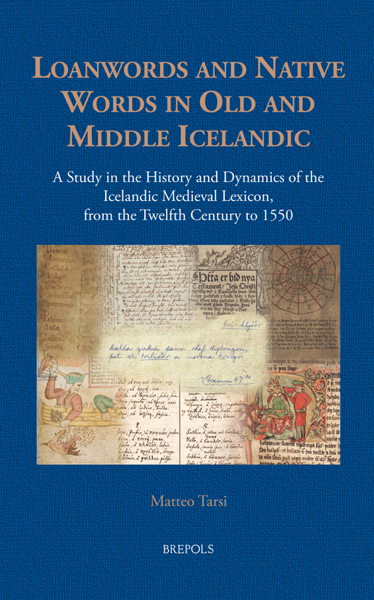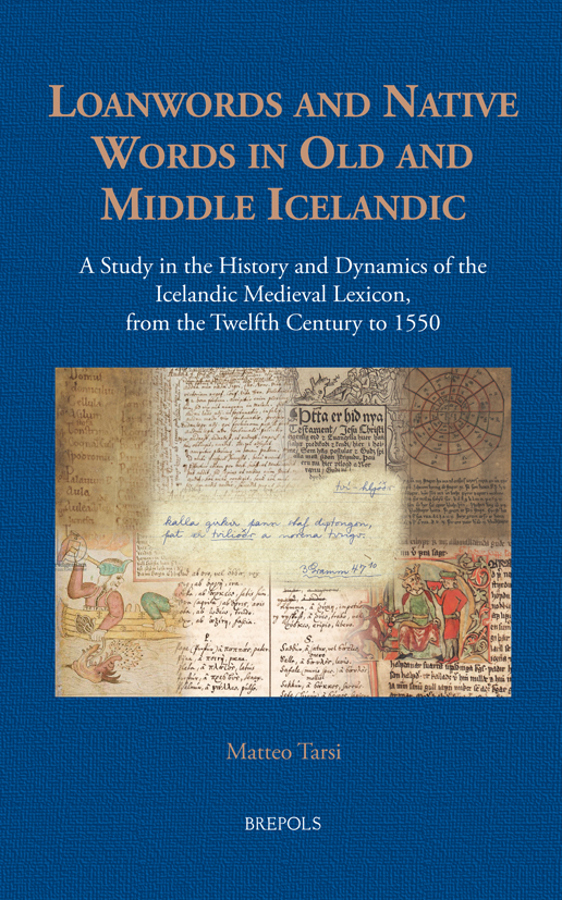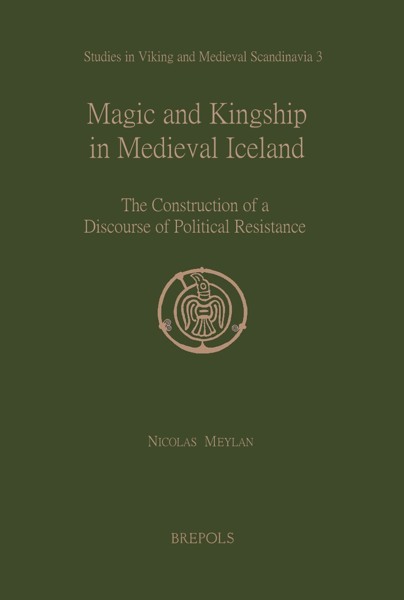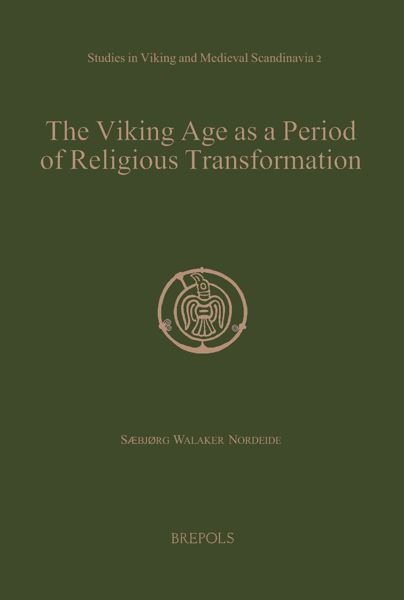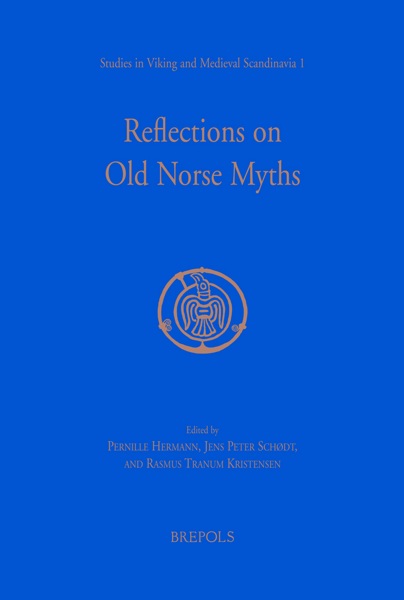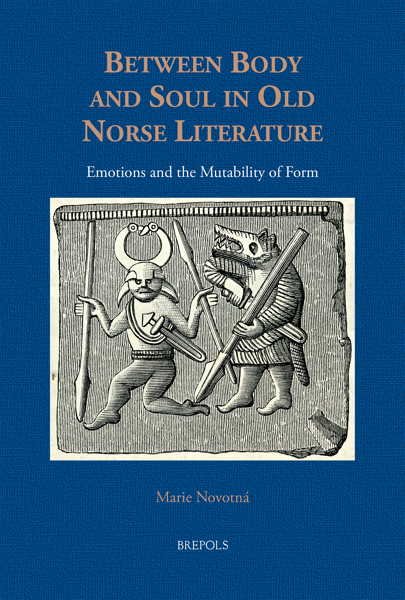
Loanwords and Native Words in Old and Middle Icelandic
A Study in the History and Dynamics of the Icelandic Medieval Lexicon, from the Twelfth Century to 1550
Matteo Tarsi
- Pages: 332 p.
- Size:156 x 234 mm
- Illustrations:1 b/w, 5 col., 36 tables b/w.
- Language(s):English
- Publication Year:2022
- € 85,00 EXCL. VAT RETAIL PRICE
- ISBN: 978-2-503-59815-4
- Hardback
- Available
- € 85,00 EXCL. VAT RETAIL PRICE
- ISBN: 978-2-503-59816-1
- E-book
- Available
A study that unveils the core mechanisms of lexical variation between loanwords and native words in medieval Icelandic. An inquiry into the pre-puristic foundations and laws of the lexicon.
“Matteo Tarsi delivers a thorough and well-wrought linguistic examination of word pairs in Old and Middle Icelandic (…) This is a detailed and technical publication, and it sheds fresh light on ways of reading this important corpus of medieval texts. Tarsi highlights the coexistence of loanwords and native words in historical Icelandic across all genres and in many semantic fields, and emphasises the importance of understanding this coexistence as dynamic and productive for language change in a broader context. This work is an important resource in itself and offers an excellent basis for further research into the dynamics of medieval and early modern Nordic contact linguistics.” (Roderick McDonald, in Parergon, 41/1, 2024, p. 337-338)
Matteo Tarsi (Grosseto, 1988) holds a PhD in Icelandic Linguistics from the University of Iceland (2020). His research focuses on lexicology, etymology, comparative Germanic linguistics and history of linguistics.
Anyone familiar with the Modern Icelandic language will know that the country’s policy is to avoid borrowing lexemes from other languages, and instead to draw on their own vocabulary. This often results in the formation of a word pair, consisting of a loanword and its respective native equivalent, as the process of borrowing systematically eludes the tight tangles of language policy. But how did this phenomenon develop in the Middle Ages, before a purist ideology was formed?
This volume offers a unique analysis of a previously unexplored area of Old Norse linguistics by investigating the way in which loanwords and native synonyms interacted in the Middle Ages. Through a linguistic-philological investigation of texts from all medieval Icelandic prose genres, the book maps out the strategies by which the variation and interplay between loanwords and native words were manifested in medieval Iceland and suggests that it is possible to identify the same dynamics in other languages with a comparable literary tradition. In doing so, new light is shed on language development and usage in the Middle Ages, and the gap between case-study and general linguistic theory is bridged over.
List of Figures
List of Tables
Preface
Abbreviations
Languages
Icelandic Prose Works, Skalds, and Poems
Other Abbreviated Bibliographical Sources
Abbreviated Dictionaries, Lexica, and Corpora
Other
Introduction
Aim and Scope
Review of Previous Research
Research Hypothesis
Loanwords in Old and Middle Icelandic: A Brief Sketch
Theoretical Framework and Methodology of Analysis
Corpus, Rationale, and Data Elicitation
Terminology
Structure of the Present Work
Chapter 1: Religious Texts
Introduction
The Icelandic Homily Book
The Old Norse Translation of Honorius Augustodunensis’s Elucidarius
Stjórn I
Oddur Gottskálksson’s Translation of the New Testament
Comparative Analysis and Conclusions
Chapter 2: Law Texts and diplomata
Introduction
Grágás
Jónsbók and Relative réttarboetr
Diplomata
Comparative Analysis and Conclusions
Chapter 3: Treatises
Introduction
Grammatical Treatises (1–4)
Medical Texts
Algorismus
Astronomical and Computistic Texts
Comparative Analysis and Conclusions
Chapter 4: Historiographical Texts
Introduction
Íslendingabók
Veraldar saga
Kristni saga
Comparative Analysis and Conclusions
Chapter 5: Hagiographical Texts
Introduction
Hungrvaka
Þorláks saga helga
Laurentius saga byskups
Nikuláss saga af Tólentínó
Comparative Analysis and Conclusions
Chapter 6: Sagas of the Icelanders
Introduction
Egils saga
Droplaugarsona saga
Gísla saga
Gunnlaugs saga
Grettis saga
Víglundar saga
Comparative Analysis and Conclusions
Chapter 7: Kings’ Sagas
Introduction
Sverris saga
Ólafs saga helga (Heimskr.)
Knýtlinga saga
Comparative Analysis and Conclusions
Chapter 8: Chivalric and Legendary Sagas
Introduction
Alexanders saga
Erex saga
Flóres saga ok Blankiflúr
Gibbons saga
Sigurðar saga þǫgla
Sigrgarðs saga froekna
Dínus saga drambláta
Vǫlsunga saga
Þorsteins saga Víkingssonar
Hrólfs saga kraka
Comparative Analysis and Conclusions
Conclusions
General Results
Word Pair Dynamics
Lexical Strategies through the Centuries
Word Pairs from 1550 Onwards
General Bibliography
Manuscripts
Primary Sources
Dictionaries, Lexica, and Corpora
Secondary Works
Index verborum
